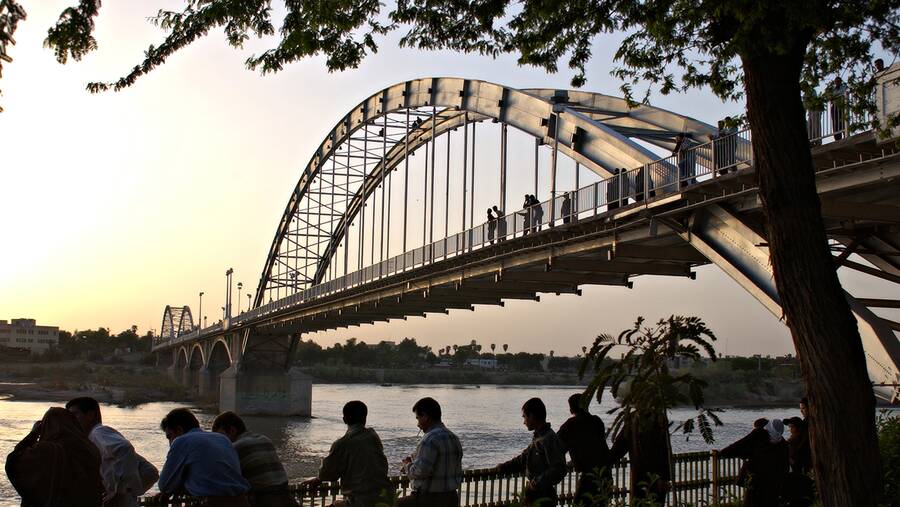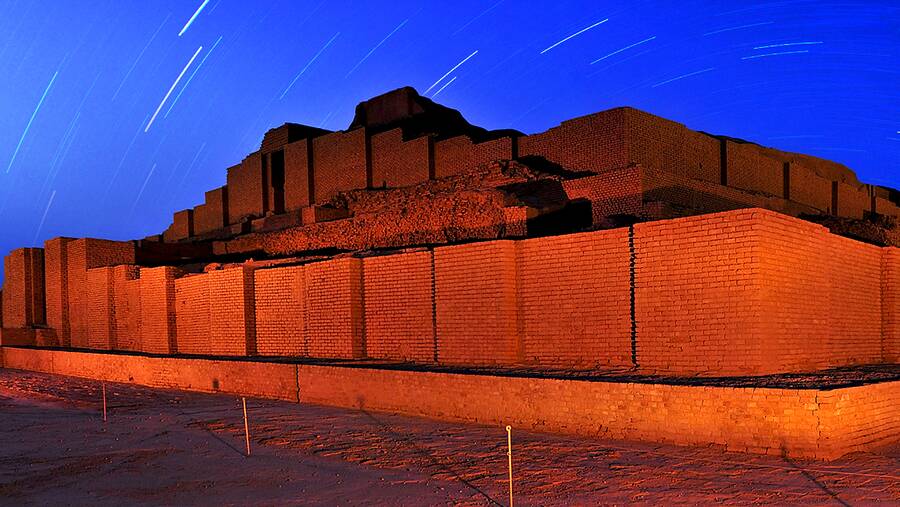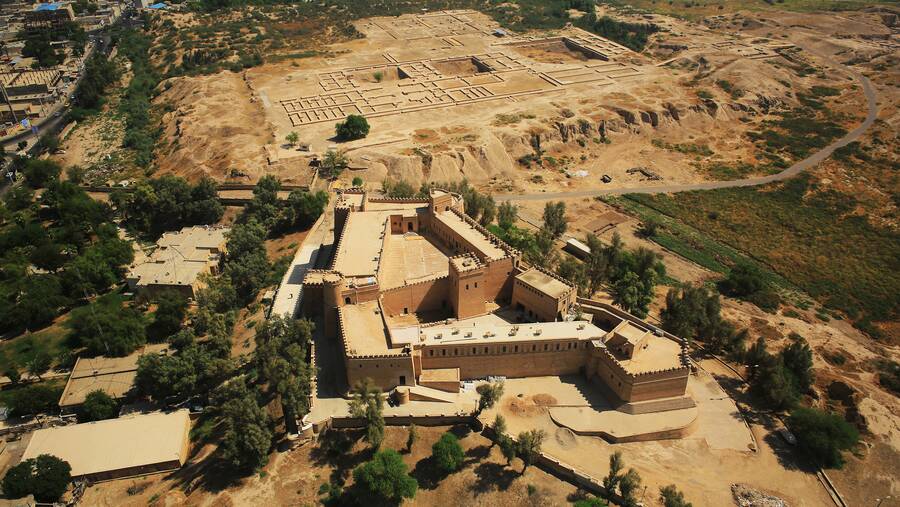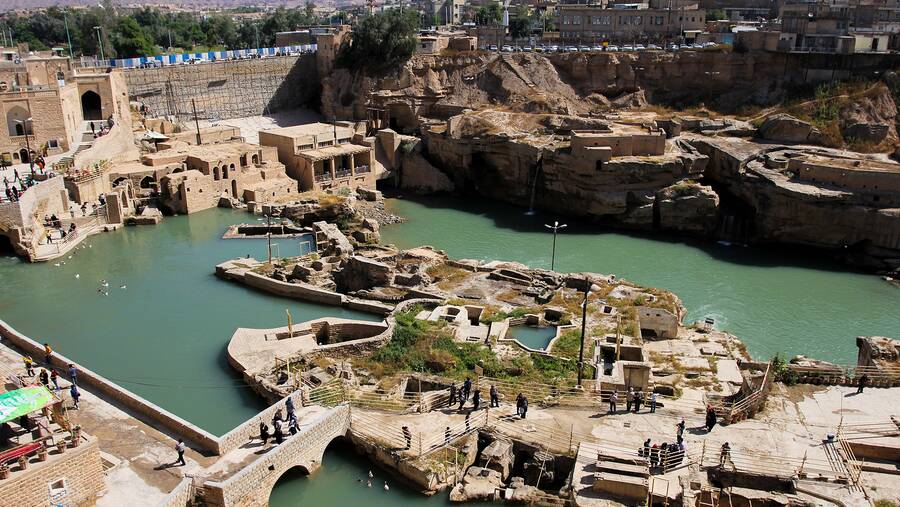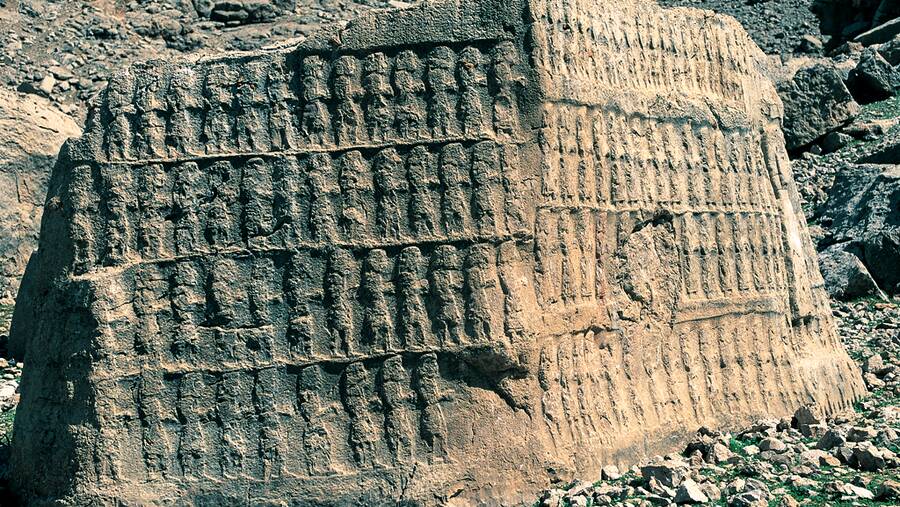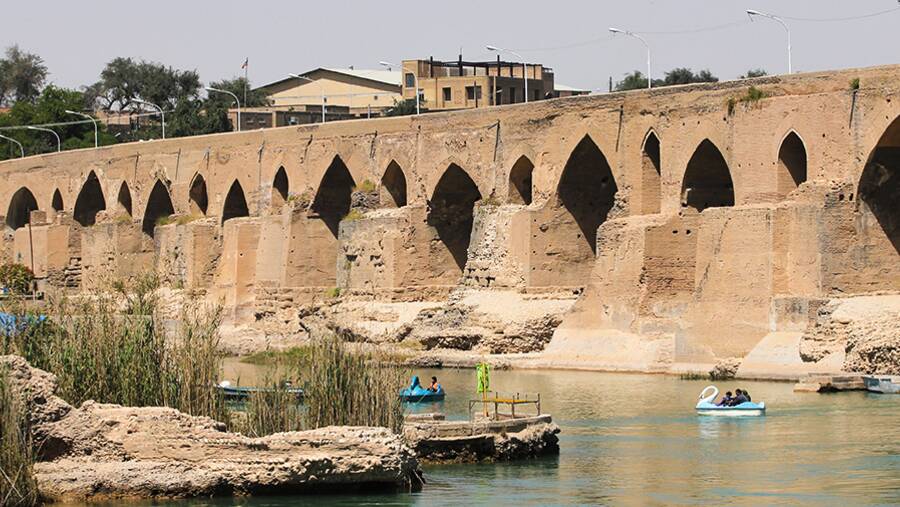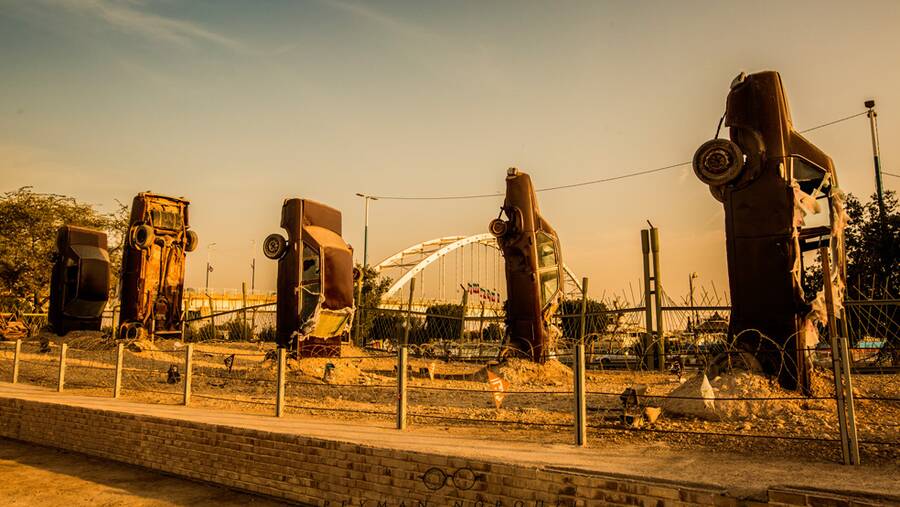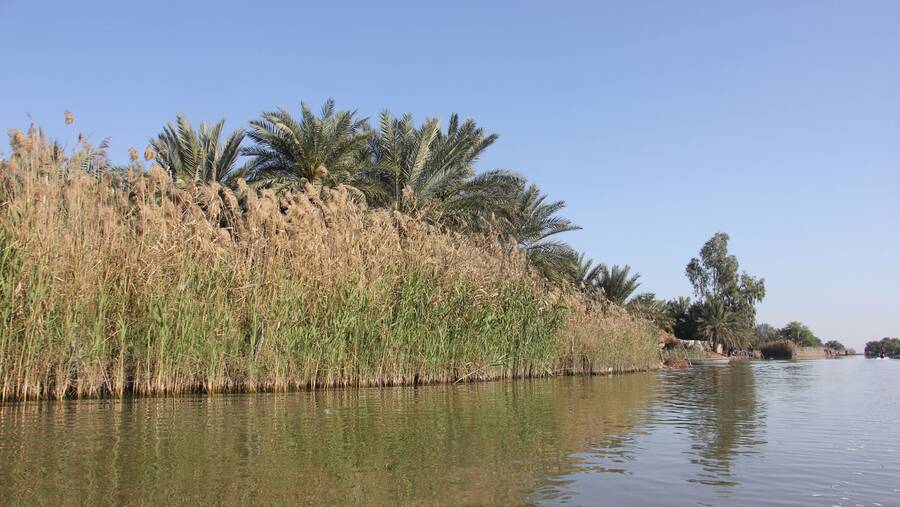Located in the east of Khuzestan province, Baghmalek welcomes to tourists especially in the spring, summer and autumn, with its temperate climate and so many natural and historic attractions.
Baghmalek is located in the way of Ramhormoz to Izeh. It shares land borders with Izeh to the north, and with Masjed Soleiman to the northwest. It has also a shared border with Ramhormoz to the south and with Haftkal to the west, and with the Chahar Mahal and Bakhtiari Province to the east. The distance between Baghmalek and Tehran is 820 km and there is 145 km distance between it and the capital city of the province.
The city has been known as Urieh in the past and the name is still used for the northern parts of the city. The name was changed to Janaki after the rule of Atabakan-e Lur. Some materials related to a time span from Sassanid to Seljuk, and also to Atabakan-e Lur and Safavid rules have been discovered here. And they indicate the residential importance of the city in different periods. It was considered one of the Izeh’s districts before 1371 SH.
Today, different tribes live in Baghmalek the majority of whom are Bakhtiari and Bahmaei. Given to the green nature, the main jobs of Baghmalek inhabitants are husbandry or agriculture. Wheat, barley and pomegranate are among the main products of the city. The flora of Baghmalek includes oak, maple trees and Flixweed, Viper's-buglosses and pomegranate.
Having green hillsides, rivers and the clear sky, Baghmalek is a suitable destination for tourists and nature-trekkers. Belonging to Mohammad Taghi Khan Chahar Lang-e Bakhtiari, Tal Castle has remained from Qajar period and it is the most famous attraction of Baghmalek.
Mal Agha is a countryside village which attracts tourists with its stout trees, flowing water and pristine nature. Manjanigh contains also the historical remains of Sassanid to Safavid periods. We can also visit the foundations of the ancient bridge among the rice fields here. Robat-e Hazrat-e Soleiman is another village in Baghmalek, as a mixture of rice field, almond trees and mountains.
There is a tombstone named Abdollah shrine in 45km to the city, among the snowy mountains of Barangoon, which is visited by many tourists during the first half of the year.
There are several historic reliefs in the mountainous region of Roodno that is called Gardegi by locals, and mountain climbers go there during the warm seasons. Other attractions of the region are Arghavani Palace and Dalkhuni Palace established during the rule of Atabakan-e Lur.
The Bakhtiari customs are still popular in the city; customs like Choob Bazi in wedding ceremonies and Bakhtiari music with unique styles for both wedding and mourning ceremonies. Also, the recitation and reading book of king (Shahnameh Khani) are popular in Yalda night and during Nowruz, too. Shahnameh is also called Haft Lashkar (seven armies), therefore, Haft Lashkar Khani is considered to be another name for Shahnameh Khani.
Bakhtiari Kebab, Shole Doughi, Tah Shiri with local fat, Dopol- a kind of rice cooked with Dough-, Otmateh, Opiazi, Toleh and Kangar is the most popular local foods in Baghmalek. In addition, Honey, Champa rice, pomegranate, pomegranate paste, Kalkhunak, curd, dough and Chogha are among the main Baghmalek’s souvenirs.
